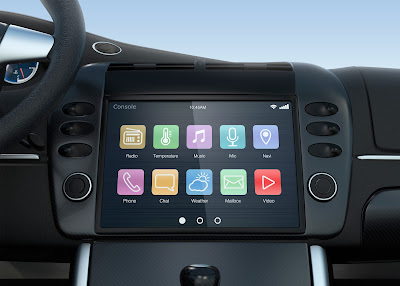Electric vehicles are powered by a rechargeable battery, electric motor and a frequency converter that controls how much power the car’s electrical motors put out by turning voltage on and off thousands of times a second, basically chopping up energy. This process causes electromagnetic interference that gets picked up by the radio.
Studies have cited the reach of AM radio and its critical importance to public safety. The latest surveys show that 82 million Americans still listen to AM radio monthly, and it is a vital mode of communication especially in rural areas. Millions of Americans rely on AM radio for news and entertainment, and especially in those times when critical safety alerts are sent out.
AM radio operates at lower frequencies and longer wavelengths than FM radio, enabling it to pass through solid objects and travel further than FM radio waves. This enhances the reach of AM stations and makes them able to access many rural areas that FM cannot. Many rural areas also lack sufficient internet access, making their reliance on AM radio that much more critical.
Global sales of EVs are expected to grow by 35 percent this year, and this explosive growth means electric cars’ share of the overall car market has risen from 4 percent in 2020 to 14 percent in 2022. According to the Radio Advertising Bureau, when people are outside of their home, most of their radio listening happens in a car. There are also a number of statistics that show how popular AM radio remains today, and that despite all of the new technologies for in-car entertainment, consumers still prefer radio as their top in-car selection.
EV interference doesn’t have to kill AM radio. There are potential solutions available, including proper shielding of an EV system to eliminate the poor reception and noise issues. Legislation introduced recently in Congress, the AM Radio for Every Vehicle Act of 2023, has received bipartisan support. This bill requires the Department of Transportation to issue a rule that requires all new motor vehicles to have devices that can access AM broadcast stations installed as standard equipment.
AM radio stations in Illinois are also not giving up on this issue. Representatives of the Illinois Broadcasters Association, for example, have personally visited Washington, D.C. to talk with lawmakers. The feedback noise and interference issues can be mitigated by automobile manufacturers, as a WGN-AM radio GM pointed out, by just spending a little more money during vehicle production. The efforts from lawmakers and the radio industry are paying off, as Ford recently announced that it is reversing course and keeping AM radio in all of its 2024 vehicles. AM stations provide breaking news, traffic, sports, information on weather-related emergencies and breaking public safety issues, and that message is being delivered loud and clear to leaders in Washington, D.C.


